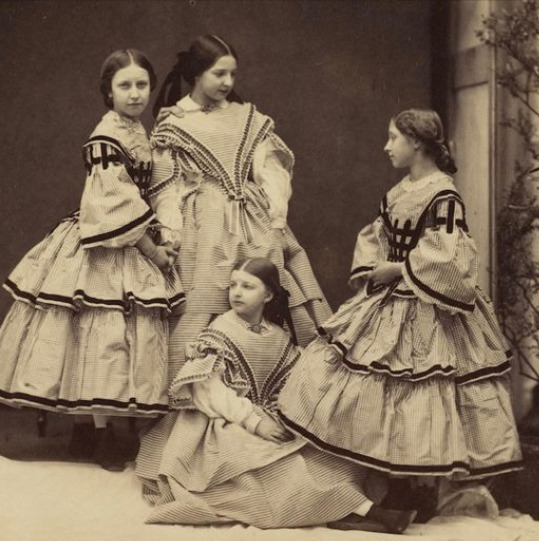#saxe-coburg-gotha
Text
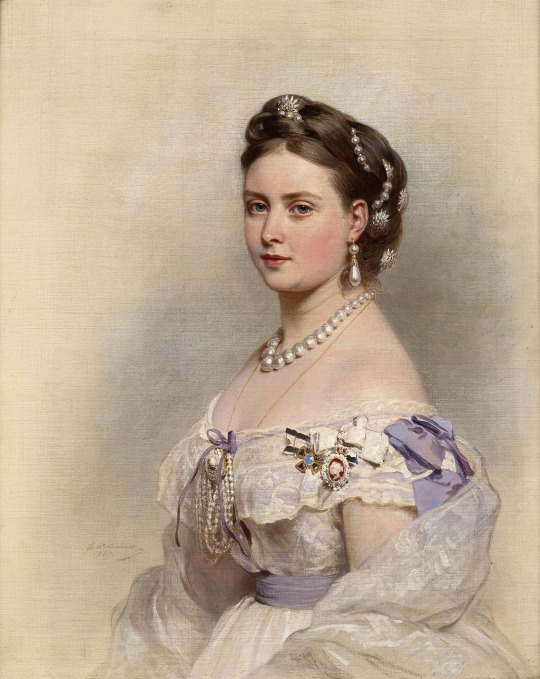

“I could not choose for a sister-in-law anyone I like better than Louise. She will make Arthur a most delightful wife. Each is the complement of the other, and I foresee that each will make the other supremely happy.”
—the German Crown Princess, (nee Victoria, Princess Royal) on the fiancée of her younger brother Prince Arthur: Princess Louise Margaret of Prussia.
@abigaaal
131 notes
·
View notes
Photo

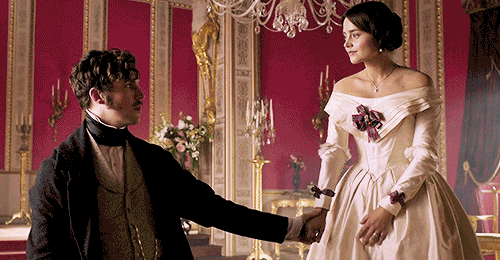
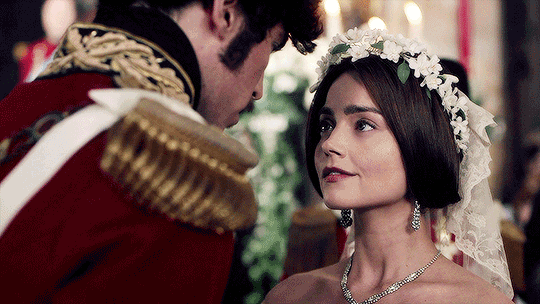

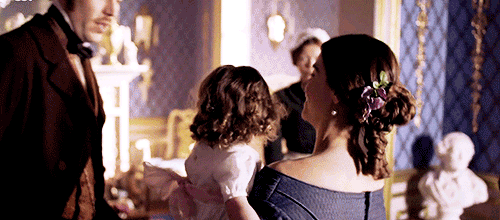
HISTORICAL LOVERS - I
Victoria & Albert
Few lovers have entered the popular imagination as permanently as Queen Victoria of the United Kingdom and Prince Albert of Saxe-Coburg and Gotha. Married for twenty-one years, until the prince's untimely death, the pair became the epitome of marital bliss, and no one ever questioned the harmonious relationship between the queen and her husband.
Over the years, several small demonstrations of love proved the passionate nature of their marriage. Among it, the engagement ring that Albert himself designed for the bride, in the shape of a serpent, to represent the truth of his commitment, decorated with rubies, diamonds and a single emerald (Victoria's birthstone); the portrait Victoria had secretly commissioned as a twenty-fourth birthday present for Albert, which depicted her casually dressed, reclining against a red velvet pillow, her hair loose; the crystal heart pendant that the queen wore day and night, containing a lock of the prince's hair.
The two-decade union produced nine children, five girls and four boys: Victoria (1840-1901); Albert Edward (1841-1910); Alice (1843-1878); Alfred (1844-1900); Helena (1846-1923); Louise (1848-1939); Arthur (1850-1942); Leopold (1853-1884); Beatrice (1857-1944). Most of the children would eventually marry into other royal european families, which resulted in Victoria being called the "Grandmother of Europe." Until the beginning of the 20th century, most of these ruling houses could boast of sharing the queen's blood through the paternal side, maternal side, or even through both.
As parents, the prince and queen could differ in many ways, although in the end they both loved their children. Albert tended to be more involved with the princes and princesses during their childhood, especially in their education, and it is common consensus among historians that their eldest, Vicky, was his favorite, since she shared his enthusiasm for culture, languages and natural studies. The prince taught his children many of his favorite topics, and encouraged them to value the arts and sciences. His “enlightened influence” inspired many of them to engage in intellectual hobbies such as politics, philosophy and history.
The queen, in turn, connected more easily with her children at an older age. Victoria hated being pregnant, from the usual symptoms to the painful labor, and she thought newborns were ugly. But she was willing to follow her husband's opinion about the health of the children, and she watched the progress of each one of them in their studies. She drew them quite frequently, sketeches and paintings that still exist today in the private colection of the British royal family. Her daughter Louise would become her loyal secretary after Albert´s tragic death, and the youngest, Beatrice, her devoted companion even after married.
But perhaps the most iconic reflection of the connection between the British queen and the German prince is Victoria's reaction to his loss. No one in the royal family grieved his death as much as she did. The queen, still in her early forties, never remarried; she retired even more and more frequently to her countryside properties, especially Osborne House, the estate her husband prefered to visit during the summer; and she abandoned any colorful clothes in her wardrobe, confining herself to the black reserved for mourning, until she passed.
“My life as a happy one is ended. The world is gone for me. If I must live on (and I will do nothing to make me worse than I am), it is henceforth for our poor fatherless children – for my unhappy country, which has lost all in losing him – and in only doing what I know and feel he would wish.”
– Passage from Queen Victoria's diary, after the death of Prince Albert, 1861.
#queen victoria#prince albert#albert&victoria#british royal family#britishqueens#english history#british history#queens#historicalwomen#history#quotes#saxe-coburg-gotha#house of hanover
20 notes
·
View notes
Note
I hope William is done with father. Charles managed to reduce public approval to 50%, British media managed to sell Germany tour as successful but Windsor Brexit agreement and royal slavery talk clearly says he doesn’t have vision. Family drama is even worse. Harkles drama, prince titles, Camilla’s side is very visible and talking, Andrew is very visible and Fergie is talking, If William is OK with all of that I would be suprised.
I saw the German embassy tweet today about how more than a third of Germans are interested in watching the Coronation. This after the German tour where we heard over and over again about how much the Germans love Charles. Why is the House of Windsor suddenly so keen to reacquaint with its German roots....
Saxe Gothenburg
12 notes
·
View notes
Photo

#Saxe-Coburg-Gotha#Prince Alfred#Grand Duchess Maria Alexandrovna#Princess Beatrice of Edinburgh#Princess Alexandra of Edinburgh#Prince Alfred of Edinburgh#Prince Ernst of Hohenlohe-Langenburg#1890s#colorized#colorization#colorized photo#victorian era
3 notes
·
View notes
Text

King Leopold I of the Belgians. By George Hayter.
48 notes
·
View notes
Text

“The Edinburgh sisters had such a great fashion sense. Like even now, in the 21st century, that i look at their photos, they exhibit class and glam. They really were such powerhouse fashion icons.” - Submitted by Anonymous
#queen marie of romania#princess victoria melita#Princess Alexandra of Saxe Coburg and Gotha#Princess Beatrice of Saxe Coburg and Gotha
38 notes
·
View notes
Text


Astrid of Sweden, Queen of the Belgians. Photographed by Robert Marchand, 1927.
21 notes
·
View notes
Text

Romanov relatives: Alexandra of Edinburgh with her son Gottfried of Hohenlohe-Langenburg.
Alexandra was the third daughter of Grand Duchess Maria Alexandrovna and Prince Alfred. Known as 'Sandra,' she was somewhat less-famous than her elders sisters Marie of Romania and Victoria Melita.
Gottfried was her eldest child and only surviving son. He married Princess Margarita of Greece and Denmark, eldest sister of Prince Philip, Duke of Edinburgh.
#romanov relatives#alexandra of edinburgh#alexandra of saxe-coburg and gotha#gottfried of hohenlohe-langenburg#my collection
20 notes
·
View notes
Text

Alexander III and his niece Victoria of Wales
I like these two historical figures although I admit that for what we know about their personalitie, neither one would be precisely soft and cuddly.
#Alexander III#russian history#imperial russia#romanov family#Princess Victoria of Wales#house of saxe coburg and gotha#house of windsor
57 notes
·
View notes
Text
꧁ ✵ Royals & Josefine Swoboda ✵ ꧂
~ (Part 1) ~

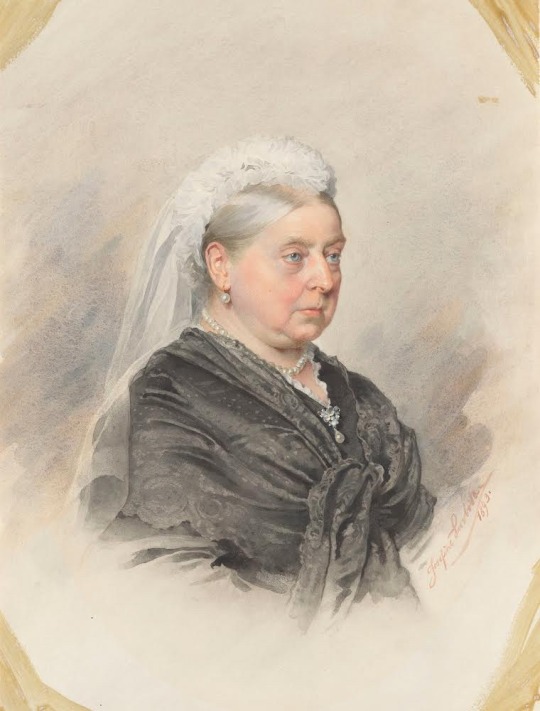
꧁✵꧂


꧁✵꧂
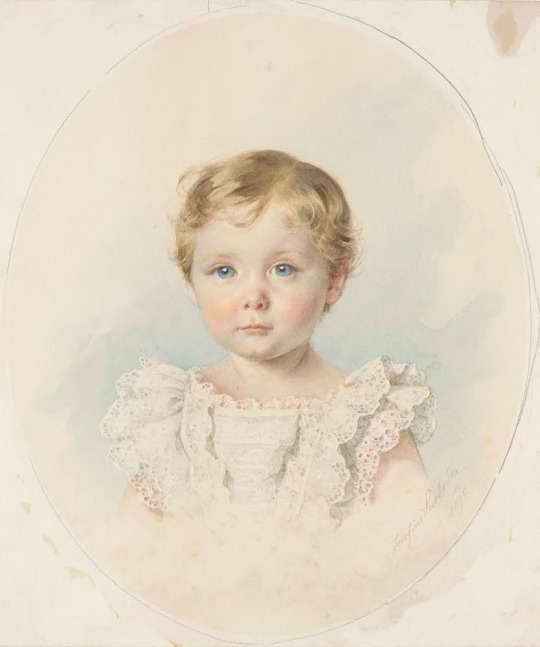
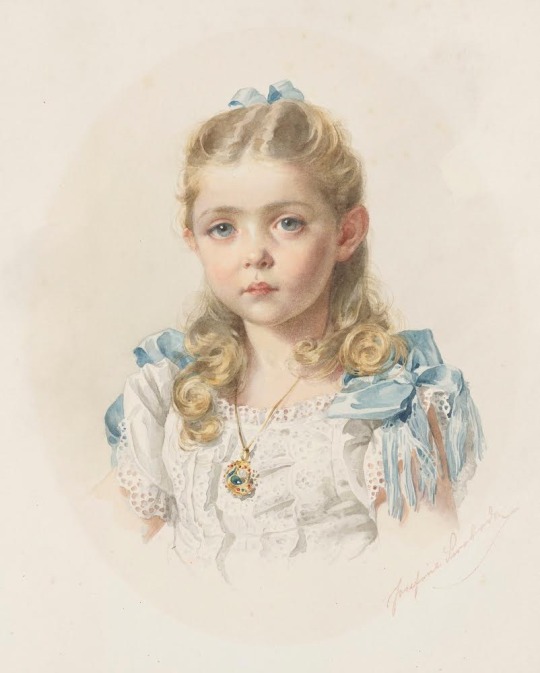
꧁✵꧂
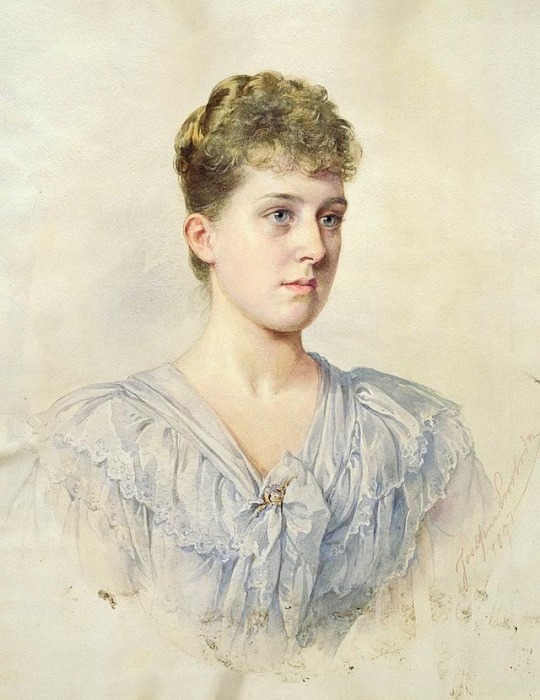
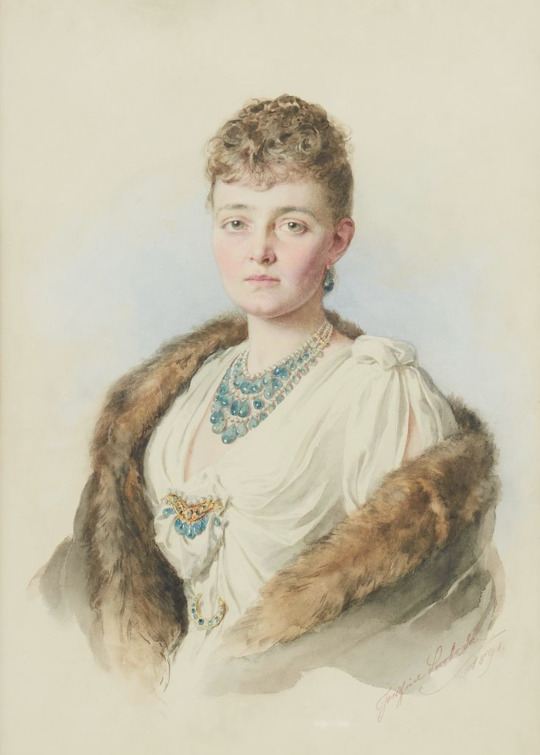
꧁✵꧂
#one of my fav painters 🤍#josefine swoboda#art#vintage art#painting#paintings#royals#princess elisabeth of hesse#Queen Victoria#princess victoria eugenie of battenberg#queen victoria eugenie of spain#princess marie of edinburgh#princess Marie of saxe coburg and gotha#queen marie of romania#princess victoria melita#grand Duchess of hesse#prince leopold#prince Leopold of Battenberg#princess patricia of connaught#princess marie louise of schleswig holstein#Louise Margaret of Prussia#Duchess of Connaught#Josephine swoboda#british royal family#hessian royal family#Battenberg#spanish royal family
16 notes
·
View notes
Text

Princess Victoria Melita of Edinburgh, later Grand Duchess Viktoria Feodorovna of Russia, when Grand Duchess of Hesse and by Rhine by von Kaulbach.
54 notes
·
View notes
Text

Princesses Alexandra, Victoria Melita, and Marie of Edinburgh, 1887.
The daughters of Prince Alfred, Duke of Edinburgh (later Duke of Saxe-Coburg and Gotha) and Grand Duchess Maria Alexandrovna of Russia. The eldest Princess Marie (right) later became Queen consort of Romania, while the second daughter Princess Victoria Melita (middle) later became Grand Duchess Victoria Feodorovna of Russia.
They are the granddaughters of Queen Victoria, and Tsar Alexander II of Russia.
Source Royalty In Colour
#victoria feodorovna#queen marie#alexandra of saxe-coburg and gotha#romanovs#history#relatives#romania#colorization
26 notes
·
View notes
Text

TIARA ALERT: Hereditary Princess Kelly of Saxe-Coburg and Gotha wore the Princess Victoria Adelaide's Turquoise Tiara for the ball following the wedding of Prince Ludwig & Princess Sophie of Bavaria at Schleissheim Palace in Munich, Germany on 20 May 2023.
#Tiara Alert#Hereditary Princess Kelly#Princess Kelly#Saxe Coburg and Gotha#Saxe Coburg & Gotha#turquoise#tiara#Germany#German Royalty
54 notes
·
View notes
Text

Fallen London’s True Identities
Alfred, Duke of Saxe-Coburg and Gotha as the Brooding Captain and the Shadow with Teeth
#fallen london#brooding captain#the shadow with teeth#fallen london’s true identites#true identities#duke of saxe-coburg and gotha#alfred duke of saxe-coburg and gotha#prince alfred ernest albert#my post#tw teeth#shuttered palace
14 notes
·
View notes
Text

Portrait of Princess Karoline Amalie of Hesse-Kassel (1771-1848), second wife of Augustus, Duke of Saxe-Coburg-Gotha-Altenburg. By Josef Grassi and Ludwig Döll.
#josef grassi#ludwig döll#haus wettin#house of saxe coburg and gotha#german aristocracy#haus hessen#hessen altenburg#royalty#german empire
11 notes
·
View notes
